5 Common Cat Urinary Problems Every Owner Should Know
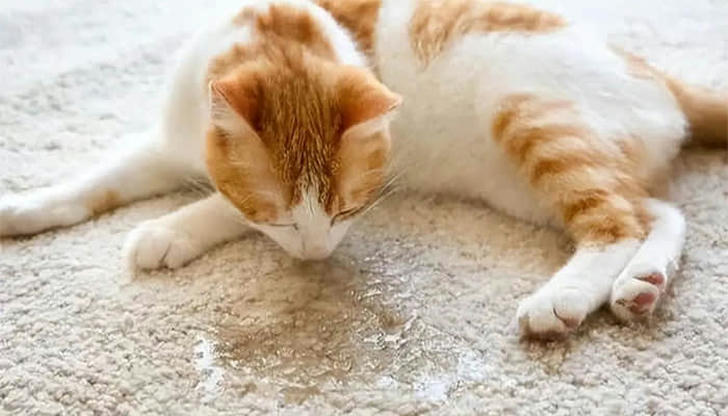
Your loving feline friend's well-being is a top priority, and just like us, they can encounter common health issues, especially concerning their urinary health.
Surprisingly, urinary tract infections (UTIs) are more common in cats than you might think. Approximately 20% of our cherished feline companions grapple with these infections.
If your cat is suffering from FLUTD (Feline Lower Urinary Tract Disease), it might experience difficulties with urination, leading to discomfort and pain. They may also urinate more frequently or in places they shouldn't, like the bathtub or tile floor. These symptoms can be troubling for both you and your feline friend.
So, keep reading because we're here to guide you through understanding the symptoms and causes of lower urinary tract problems in cats.
1. What Are the Symptoms of Urinary Tract Problems in Cats?
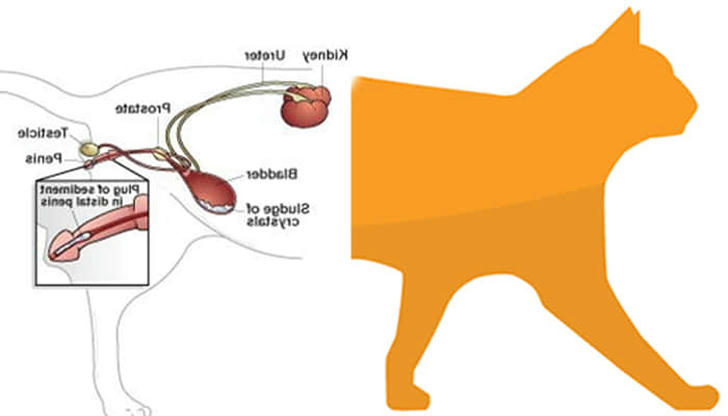
Understanding Feline Lower Urinary Tract Disease (FLUTD)
Feline Lower Urinary Tract Disease, or FLUTD, is an umbrella term for various conditions affecting a cat's bladder or urethra. It’s one of the most common reasons cats are taken to the veterinarian.
FLUTD can affect cats of all ages, breeds, and genders.
Types of FLUTD
FLUTD encompasses several conditions, each with its own characteristics. It's crucial to recognize these types to address your cat's specific needs. Here are the main types of FLUTD:
Feline Idiopathic Cystitis (FIC): This is the most common form of FLUTD and occurs in the absence of a specific cause. Cats with FIC typically exhibit signs of bladder inflammation, such as straining to urinate, frequent urination, and blood in the urine.
Urinary Stones (Urolithiasis): Some cats develop mineral crystals or stones in their bladder. These stones can obstruct the urethra, causing severe pain and preventing the cat from urinating.
Bacterial Infection: Bacterial infections can affect a cat's urinary tract, leading to FLUTD. Symptoms include discomfort, straining to urinate, and possible fever.
Urethral Blockage: This is a life-threatening emergency where an obstruction, often due to urinary stones, prevents the cat from urinating. It's more common in male cats and requires immediate veterinary care.
Urethral Narrowing (Urethral Stricture): In some cases, scarring or narrowing of the urethra can occur, making it difficult for the cat to urinate comfortably.
Each of these FLUTD types presents its own challenges and requires specific treatment. If your cat displays any symptoms or distress related to urination, it's essential to consult your veterinarian promptly. Understanding the type of FLUTD your cat has is the first step towards effective management and ensuring your feline companion's well-being.
2. What are the FLUTD Warning Signs?
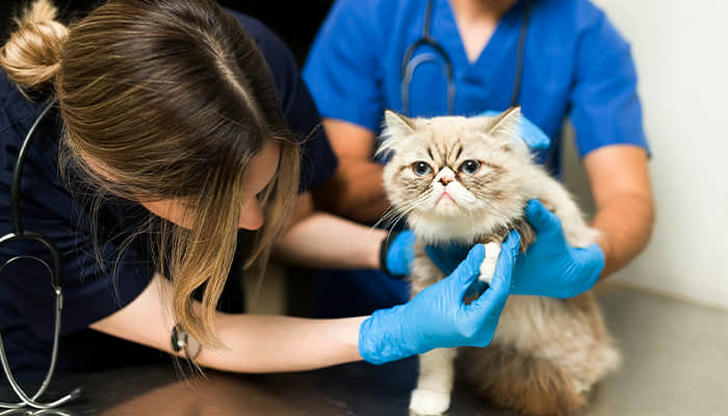
FLUTD presents various symptoms that can help you identify if your feline companion is affected. Look out for the following signs:
• Inappropriate Urination
• Frequent Attempts to Urinate
• Struggling to Urinate
• Painful Urination
• Bloody Urine
• Loss of Appetite
• Irritation
Recognizing these symptoms early on can help ensure your cat receives the necessary care and treatment. If you observe any of these signs, don't hesitate to consult your veterinarian for a thorough evaluation and guidance on how to best support your feline friend's health.
3. What Causes The Urinary Tract Issues
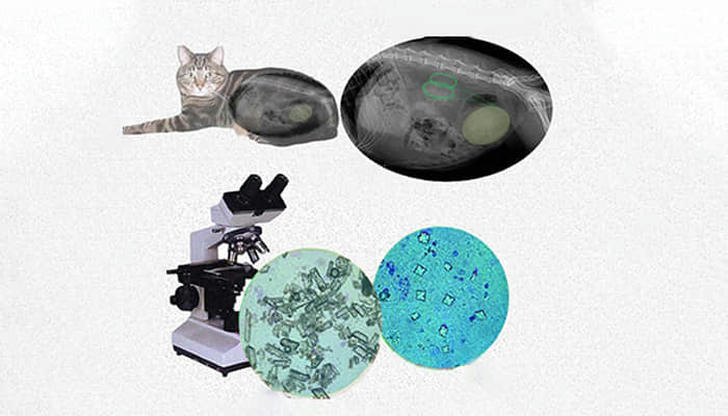
The causes of urinary tract issues in cats are multifaceted. They include:
• Involuntary urination caused by either excessive fluid intake or a weakened bladder
• Crystals or Stones in the Bladder
• Bladder Infections
• Bladder Inflammation (Cystitis)
• Other Urinary Abnormalities
• Emotional or environmental stressors
The most common diagnosis of urinary tract diseases in cats often involves overweight middle-aged cats. These cats tend to have little or no outdoor activity, consume dry kibble, or engage in insufficient physical exercise. However, it's essential to note that cats of any age can be susceptible to these conditions. Male cats are particularly prone to urinary system diseases due to their narrower urethras, making them more susceptible to blockages.
Other factors that can increase a cat's vulnerability to urinary tract diseases include using indoor litter boxes, emotional or environmental stress, living in multi-cat households, or sudden changes in their daily routine.
If your cat is diagnosed with FLUTD, identifying the underlying cause is crucial. The symptoms of FLUTD may be indicative of more severe underlying health issues, such as bladder stones, cancer, or infections caused by blockages.
4. What Are The Treatments for Lower Urinary Tract Problems?
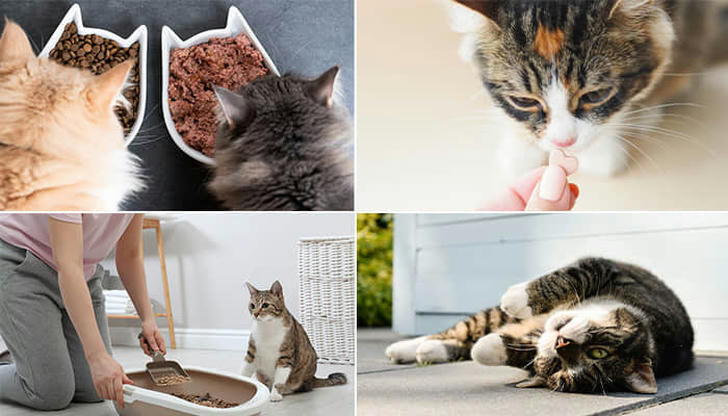
The following ingredients can help prevent urinary tract infections in cats:
Proper Hydration
Ensure your cat has access to fresh, clean water at all times. Proper hydration helps flush out toxins and bacteria from the urinary tract.
Quality Diet
Feed your cat a balanced diet that promotes urinary health. Look for cat foods labeled as promoting urinary tract health. These foods often have controlled mineral levels and balanced pH levels.
Increased Moisture Content
Wet cat food contains more moisture than dry kibble, which can help maintain hydration and support urinary health.
Cranberry Supplements
Cranberry supplements can be beneficial for some cats as they may help prevent bacterial adhesion to the bladder wall.
Regular Litter Box Cleaning
Ensure the litter box is kept clean and is placed in a quiet, low-stress environment to encourage regular urination.
Stress Reduction
Minimize stress in your cat's environment, as stress can contribute to urinary tract problems. Provide a calm and comfortable living space.
5. How Can I Treat My Cat's UTI at Home?
Thankfully, there are some home remedies for treating your cat’s urinary tract infection (UTI) at home.
This requires diligence and a few essential steps. It's important to remember that while these home remedies can help alleviate mild UTIs, a severe case requires professional veterinary care. Here are some steps you can take:
Cranberries
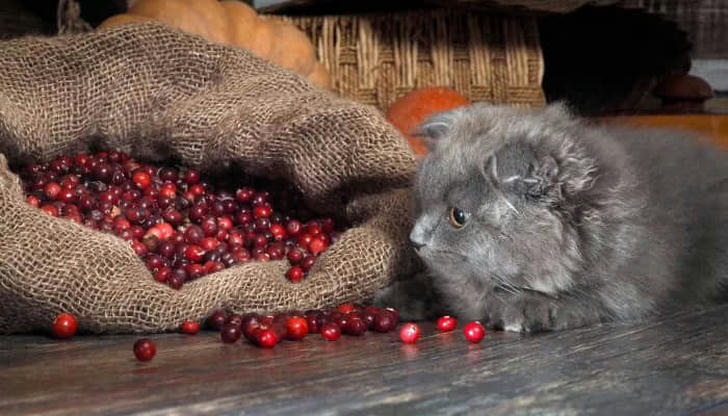
Cranberries are renowned for their effectiveness in treating UTIs in humans, and they can also be beneficial for cats dealing with UTIs. The acidity of cranberries can help lower the pH of your cat's urine, potentially aiding in UTI treatment and prevention. However, it's important to note that UTI symptoms in cats can be caused by various factors, and not all cases are due to infections.
When considering cranberry supplements for your cat, it's advisable to first test the pH levels of your cat's urine. The acidity of cranberries may be helpful if your cat's urine is too alkaline. Avoid giving cranberry supplements if the pH levels are already within the appropriate range.
Apple Cider Vinegar
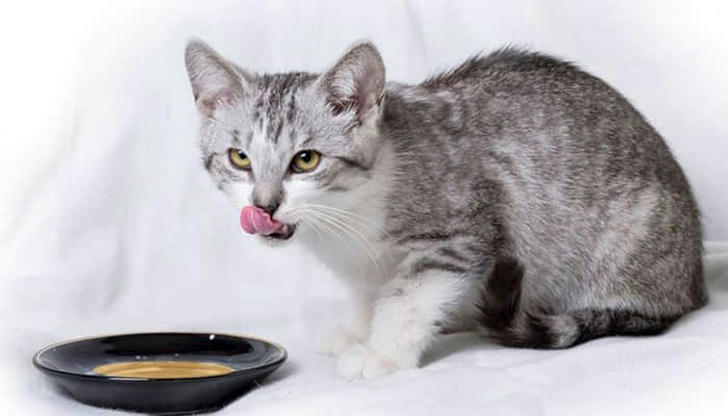
Apple cider vinegar can also be used to regulate the pH levels in your cat's urine, helping to eliminate and prevent harmful bacteria. You can add half a teaspoon of apple cider vinegar to your cat's food each day. To make it more palatable, you can mix it with chicken or beef broth, ensuring the broth is low in sodium and free from onions, which are toxic to cats.
Just like cranberries, the effectiveness of apple cider vinegar depends on the pH levels of your cat's urine. Test the urine's pH using at-home kits, diagnostic cat litter, or a veterinarian's evaluation.
Glucosamine and Chondroitin
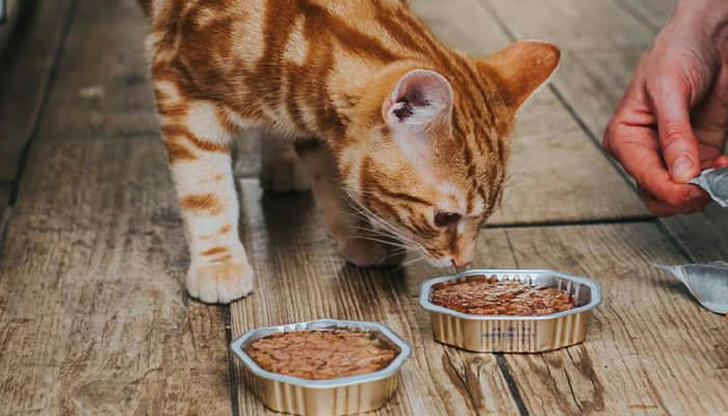
While typically associated with managing arthritis joint pain, glucosamine and chondroitin supplements can also alleviate symptoms of feline UTIs. Glucosamine aids in replacing a compound in the lining of the cat's bladder wall, while chondroitin helps prevent the breakdown of this compound.
A combination of these two supplements can help rebuild the bladder wall, reducing inflammation and other UTI symptoms. The recommended dosage is typically 100 milligrams of glucosamine and 50 milligrams of chondroitin for every 10 pounds of your cat's weight.
Marshmallow Root
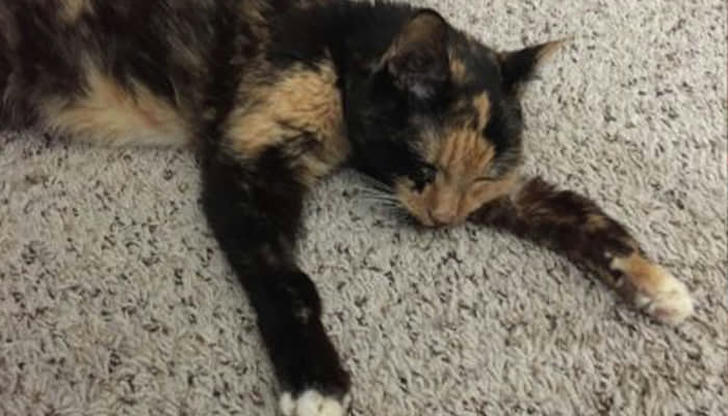
Marshmallow root possesses antibacterial properties, reduces inflammation, and fortifies the bladder lining in the fight against UTIs. It also acts as a diuretic, increasing urine flow and helping flush the bladder. Studies suggest that marshmallow root contains mucilage, a substance produced by plants that can soothe membranes and provide a protective barrier to support the bladder lining.
Bone Broth
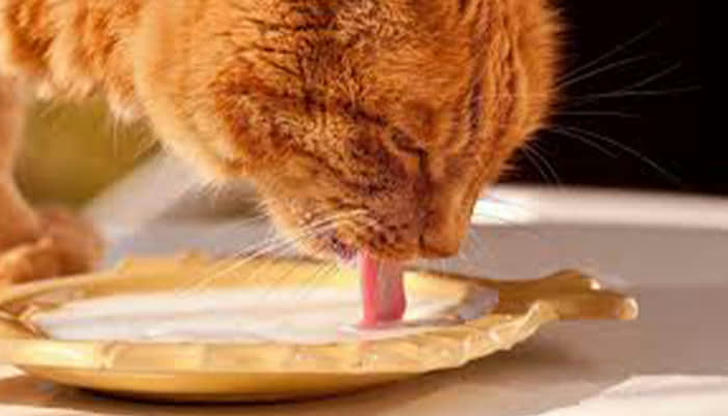
In addition to addressing pH levels and strengthening the bladder wall, maintaining your cat's hydration is crucial for treating a UTI. Ensuring your cat stays well-hydrated helps flush out the bladder and prevent the accumulation of harmful bacteria. One way to achieve this is by offering bone broth, provided it is sodium-free. Bone broth not only provides essential hydration but also contains nutrients and minerals that can aid in fighting the infection. Amino acids such as glycine and arginine in bone broth have been shown to reduce inflammation.
Remember, it's crucial to consult your veterinarian before administering any home remedies and to closely follow their guidance. UTIs can become severe if left untreated, so always seek professional advice when in doubt.

